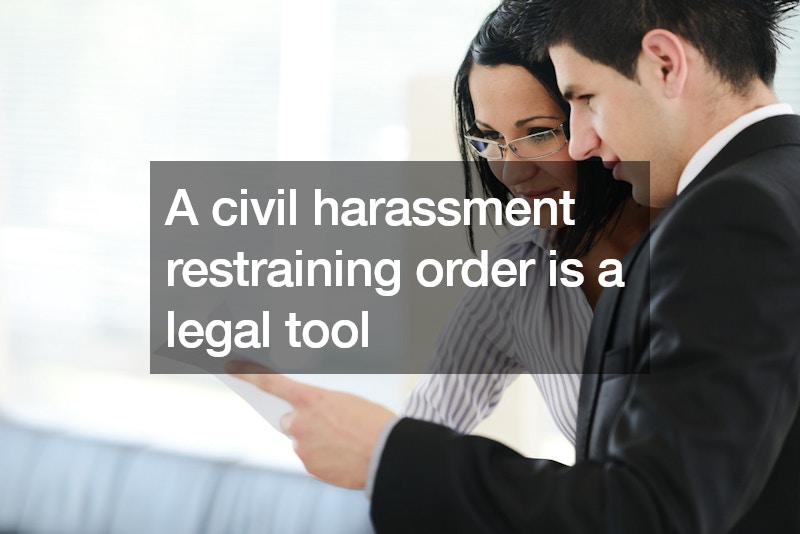
A civil harassment restraining order is a legal tool used to protect individuals from abuse, threats, stalking, or harassment by someone who is not closely related to them, such as a neighbor, roommate, or stranger. To obtain this order, the victim must file a request with the court, detailing the incidents of harassment and providing evidence such as messages, photos, or witness statements.
Once the request is filed, a judge will review the evidence and may issue a temporary restraining order if the situation is deemed urgent.
This temporary order provides immediate protection until a court hearing can be scheduled. At the hearing, both parties present their case, and the judge decides whether to grant a long-term restraining order, which can last up to five years.
A civil harassment restraining order can include various protective measures. These may require the harasser to stay a certain distance away from the victim, their home, workplace, or school. The order might also prohibit any form of contact, including phone calls, emails, or social media interactions. Violating the restraining order can result in legal consequences, including arrest and criminal charges.
It’s important for the victim to keep a copy of the restraining order with them at all times and to inform local law enforcement of its existence. This ensures prompt action if the harasser violates the terms. Seeking assistance from legal professionals or advocacy groups can provide additional support and guidance throughout the process. Understanding the steps and protections involved in obtaining a civil harassment restraining order can help victims safeguard their well-being and peace of mind.




